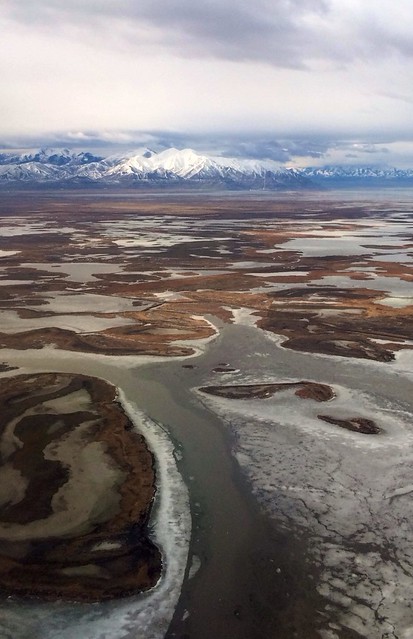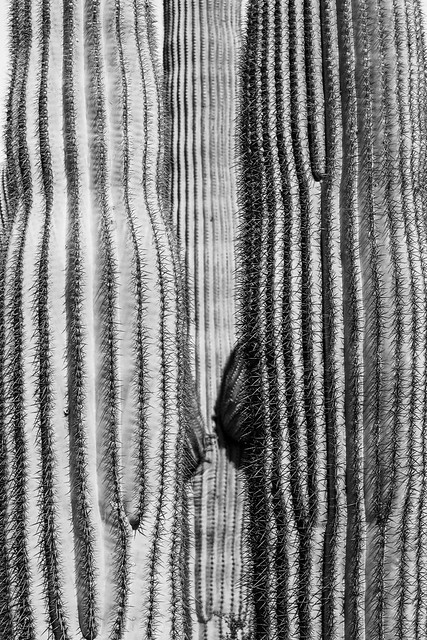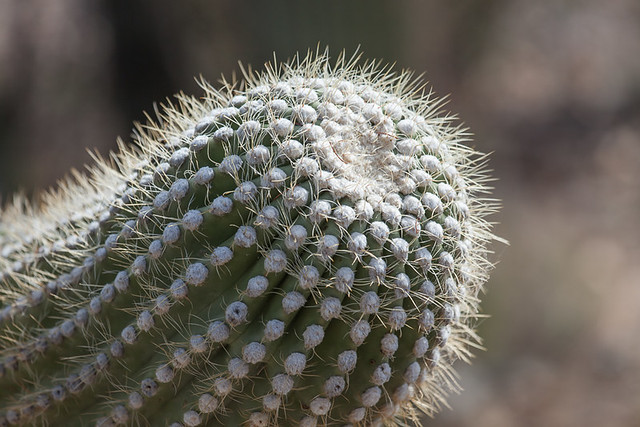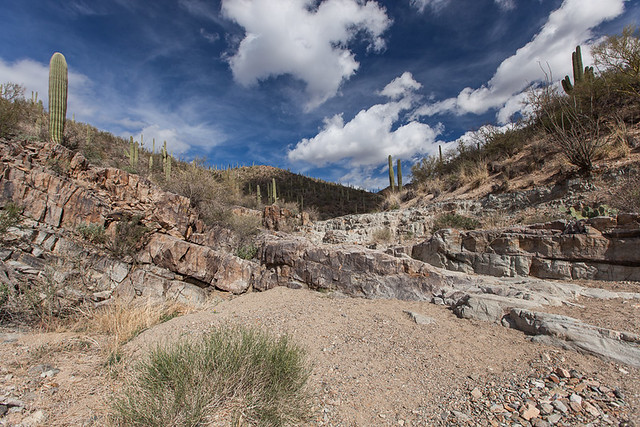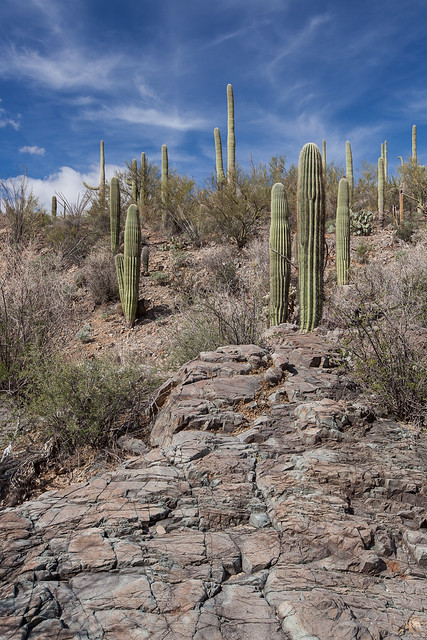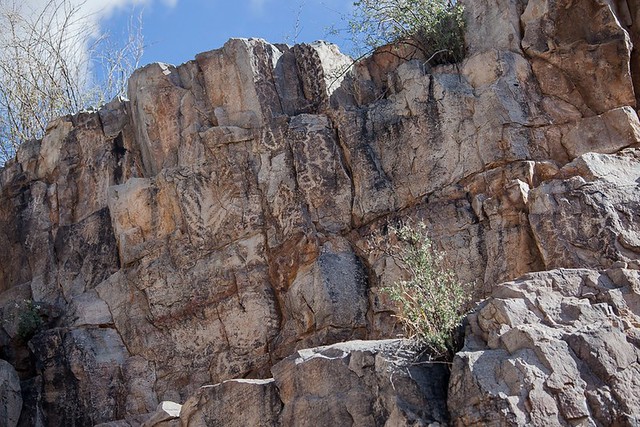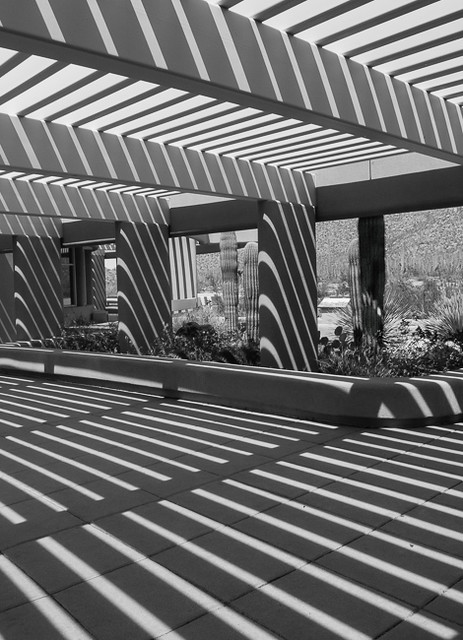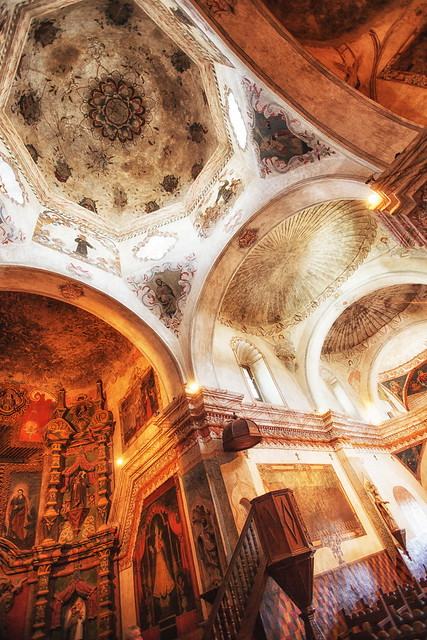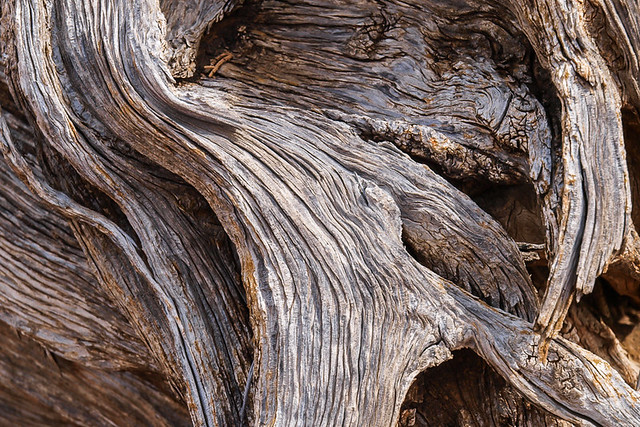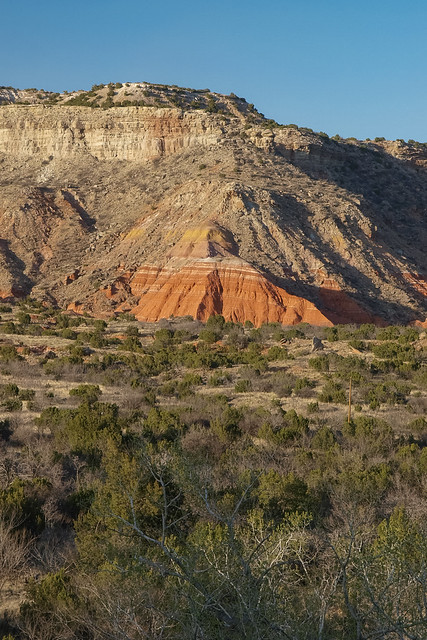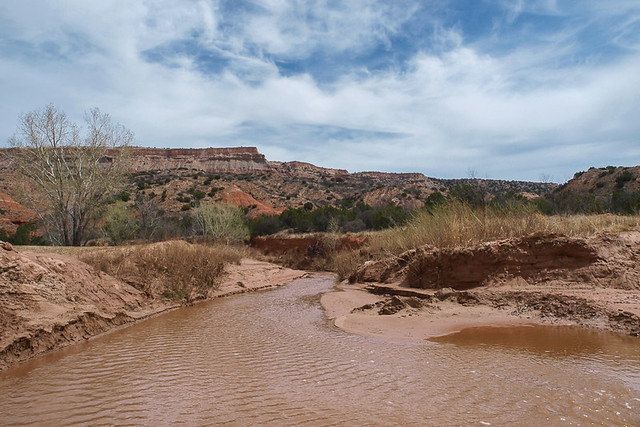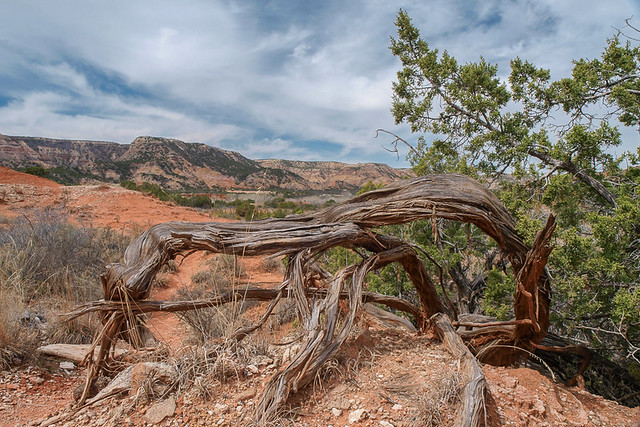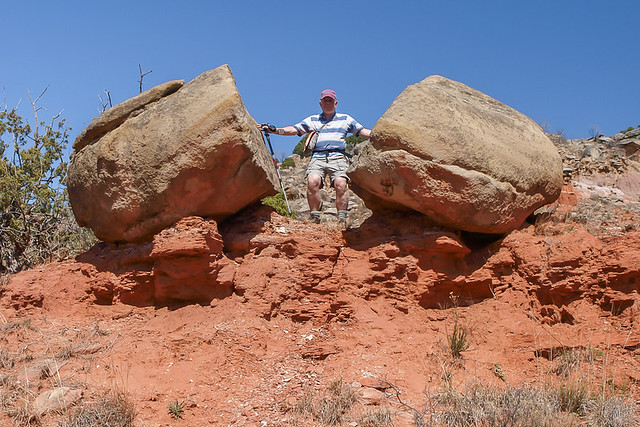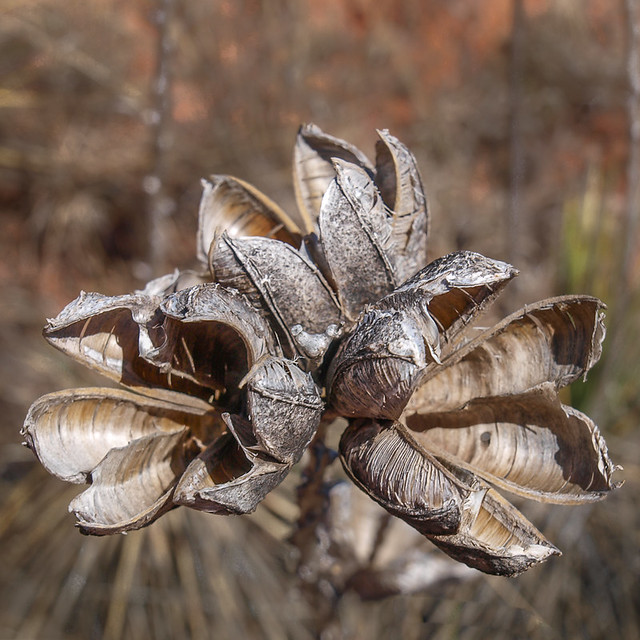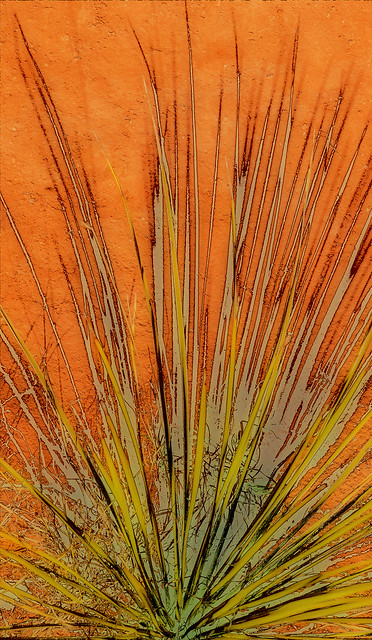Twelve faux wood tables greasy with biscuit crumbs.
Twenty four red metal chairs, unforgiving on the spine.
I choose a corner table, the walls at my side and back, protection with
a panoramic view of other diners, the terminal.
Wide windows frame the snow-capped mountains in the distance.
Rachael hustles in her wide-screen TV kitchen, preparing Valentine Specials:
blood orange champagne cocktails, bacon and egg spaghetti.
Tarragon and onions sizzle in the skillet. They glisten.
Diners huddle over their chicken and fries
as low clouds move in, delaying connections.
Colorado, Long Beach, Phoenix. Cancellations. Re-booked flights.
The fast food joint fills with tension from rushing,
and worse, boredom and waiting.
The TV audience explodes with enthusiastic applause.
Rachael exclaims, “Stunning.” She swirls pasta on her fork.
Toasts with her blood orange drink. “Happy life.”
The chicken and biscuit crowd ignore her.
Overweight, balding or baseball capped, ear buds dangling.
A man seated one table over, he taps his foot, wipes his fingers with a paper napkin.
And slides a fancy card from a paper sleeve that advertises Deseret News,
studies the basket of roses on the front, then reads the message.
You have a pen? he asks, shrugging. Red faced.
I mean, can I borrow your pen?
I pass my pen, he nods, studies the card again.
Sucks on the end of my pen, then writes slowly, with deliberation.
He lowers his gaze and returns my pen, motions to the card.
My first one, he says, shrugs again. Valentine, I mean. Never had no cause for one before.
I nod.
For my wife. Our first one. I’m on my way home. It’s a surprise.
He stuffs the card into his duffel, steadies the duffel upon his back.
Thunderstorms have moved in from the north. Rain obliterates the view at Gate B13.
Another delay. We wait.
He stares at the window, clears his throat, checks the time.
I check the departure board. I check the time, too.
Valentine’s Day at the airport.
